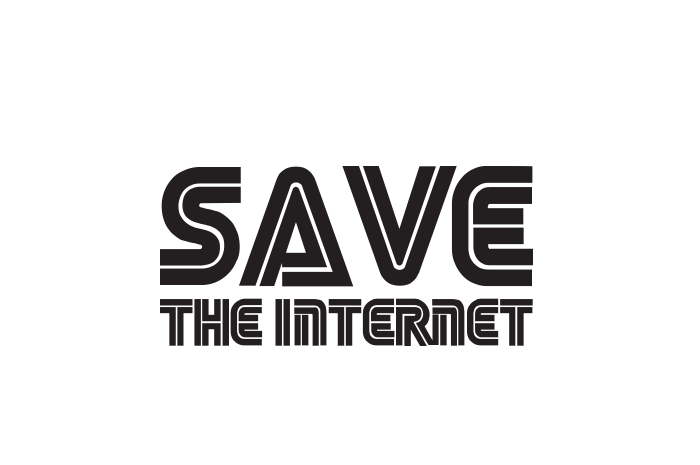Have you ever wondered who funds the Internet? Who pays for all the content and services that we enjoy online for free? The answer is advertisers. They fund the “free Internet” and they are the reason we can enjoy all the content websites (Forbes, CNN, Times), the social networks (Facebook, Twitter, Instagram), search engines (horizontal ones such as Google, Bing Yahoo and vertical ones such as IMDB and Pinterest), and much more.
All these services are “free” to us – the consumers – because they are paid for by the advertisers so they can use them as channels to reach audiences, at mass, who might buy the products and services they have to offer.
“If a service is free, you are the product.”
As the Internet’s audience grew, advertisers flocked with their budgets and started shifting their spend from traditional to digital.
The Promise
Internet advertising came with a promise of being able to reach the exact audience, and track the results of your spend. It was almost too good to be true.
But somewhere, somehow things went terribly wrong with articles like the below becoming more common:
1. Report: Ad tech (and the garbage #content it funds) is killing the web
2. What We’ll Do When Ad Tech Dies
3. Clickbait And Traffic Laundering: How Ad Tech Is Destroying The Web
4. Google : End Of The Online Advertising Bubble
5. Marketers thought the Web would allow perfectly targeted ads. Hasn’t worked out that way.
…and here we are.
I will not get into how we reached the current state of digital advertising. The articles I listed above go into great lengths to discuss this.
I want to talk about something else.
Simply put, Internet users hate ads. Ads are intrusive, suck up consumers’ precious bandwidth and limited mobile resources, get in the way of them benefiting from the websites they like, and offer them no additional value. So what do they do? Theyb lock the ads, install ad-blockers, fight ads, call for an ad-free Internet, etc.
So then what happens to the publishers who depend on advertising revenues to fund their websites and keep the lights on?
Well, they can either start to charge customers through subscription fees, pay-walls, etc, or shut down their websites. This doesn’t work well for the readers of those websites, who by blocking the ads on the websites inadvertently lose access to this free content when the website runs out of money and shuts down.
Here is the vicious circle:
1. Publishers produce content and/or services for free
2. They make money through ads
3. Readers enjoy these services for free
4. Readers don’t like ads
5. Readers fight ads and block them
6. Publishers don’t make enough money to keep their websites running
7. Publishers shut down
8. Readers lose access to the content / services they were enjoying
This is a zero sum game for the readers, publishers, and advertisers.
So what’s the solution?
Read the full article here.






